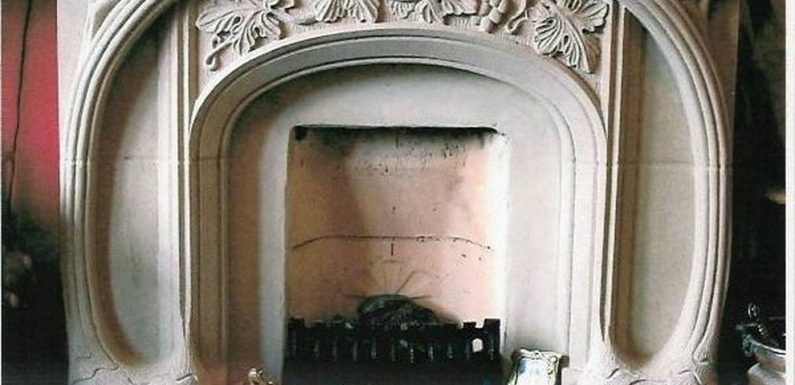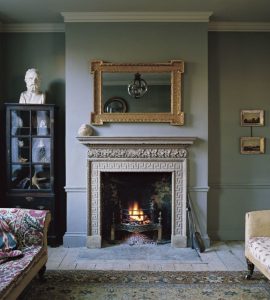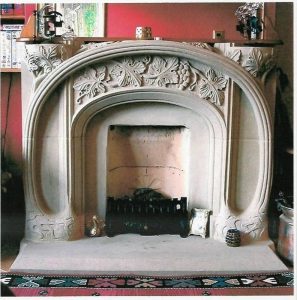
You’d think buying a fireplace would be an easy task, but it’s more complex than you imagine. In history, it was often the fireplace and mantelpiece that defined the interior style and architecture of a room. That could have been Italian Renaissance, neo-classical, Victorian, French or Gothic, for example. There are now so many restored and Antique Fireplaces Ireland available, it’s hard to distinguish one style from another to the untrained eye. Here is a brief guide:
Georgian
The Georgian era was between 1714 and 1837 and fireplaces remained the central focal point of a room’s design with large impressive proportions, cast iron grates, fire baskets and decoration that included medallions, urns and swags. Late-Georgian properties often had fireplaces in white or coloured marble or pine between 5-6 feet in width and up to 5 feet high.

Regency
This period was around 1811 – 1820 and noted by a change in the size of fireplaces. The art of mirror making had been mastered by this time and as such, owning a mirror became much more popular across England. As a result, fireplaces were modified to be lower to make room for a mirror above. This was a fashion already seen in France, which is why 18th century French fireplaces are deeper and lower than their Georgian England counterparts. Find your perfect Antique Fireplaces Ireland at Wilson’s Yard.
Victorian
Between 1837 and 1901, fireplaces fall into two categories. The early-Victorian fireplaces were highly ornate, including intricate floral patterns. The late-Victorian designs focused more on geometric styles, resulting in a simpler yet clean fireplace. Cat-iron remained popular with many larger homes also having white marble with grey veins running through it. Around 1840 there was also a Gothic revival which saw the reintroduction of highly ornate polished limestone in reds, browns and greys.
Art Nouveau
This period spanned the years of 1890 to 1910 and was an exciting time for art and design. This period saw the introduction of outlandish motifs becoming the height of fashion, with a complete break from designs of yesteryear. Art Nouveau placed a strong emphasis on organic designs, such as plants, flowers, leaves and roots for example. This was a turning point in the design of all things, from fireplaces to fashion and saw a new modernism that was turning away from the neo-Classicism that had previously been the order of things.

Arts & Crafts
At the same time, another movement saw English artists and designers returning to a desire for hand-crafted goods and not those that had been mass-produced. Similar to the Art Nouveau movement, there was a greater emphasis on individual design influenced by nature. The Arts & Crafts movement used locally available materials and a focus on high-quality craftsmanship. Brick, cast iron and tiled fireplaces are examples from this era.
Edwardian
Around the same time, the Edwardian period of 1901 to 1910 saw fireplaces becoming slimmer and taller and with far less ornate decoration than the Victorian designs. Cast iron and tiling became a popular choice, with complete tiling seen increasingly towards the end of the Edwardian era.

